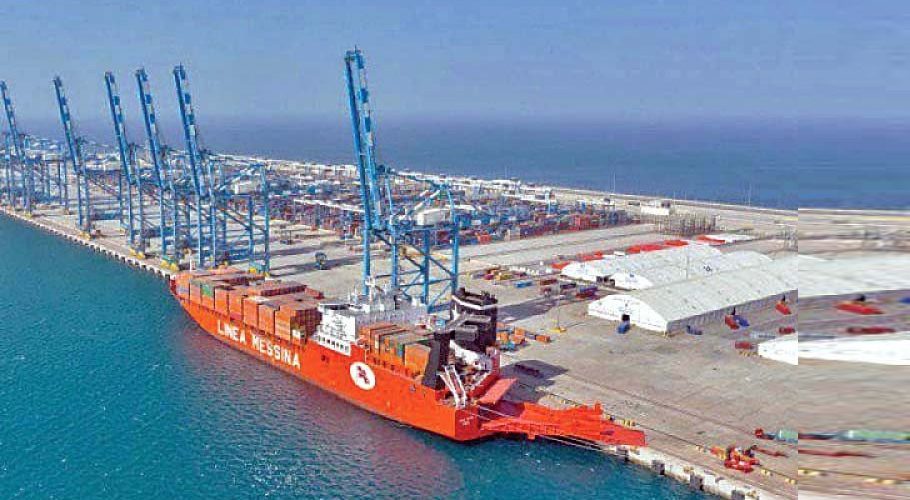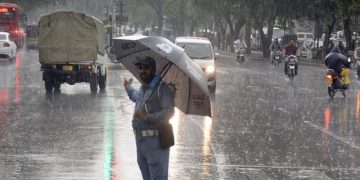The commencement of the winter season marks the onset of fuel shortages for households and other consumers connected to the pipeline networks of the two public gas utilities in Pakistan. The supply challenges escalate as demand rises with the drop in winter temperatures, reaching a peak in January.
Pakistan has placed an order for LNG cargo for the month of January, but the situation is still unclear whether Pakistan will get the cargo.
The well-known reasons behind gas shortages in the country include a drastic depletion in domestic production due to decades of energy resource misuse. Additionally, the absence of major gas discoveries in recent years has failed to offset the diminishing reserves. Ongoing pipeline projects to import gas from Iran and the Central Asian states face persistent obstacles.
Acquiring this additional cargo is a priority for the government, though securing it at an affordable price poses a challenge. Spot prices currently hover around $17 per mmbtu, and suppliers are likely to demand a substantial premium, as seen in the December delivery. Pakistan’s options are limited, considering the failure to confirm a shipment from the State Oil Company of Azerbaijan Republic under a previous deal.
Given that gas contributes nearly 38% to the country’s primary energy supply mix, domestic production remains around 4bcfd, falling short of the peak demand of 6-8bcfd. This significant gas shortage leaves Pakistan with no alternative but to accept the premium associated with prevailing prices or face substantial fuel cuts and rationing during the cold weather. The authorities must act wisely and promptly to address this important issue which haunts people every year in the winter season.



























